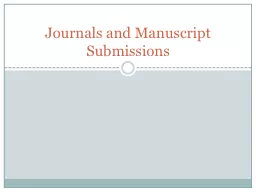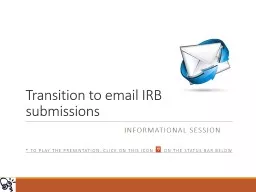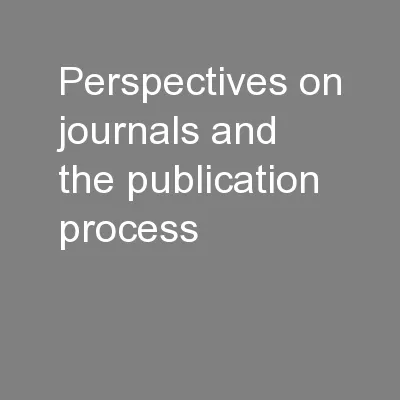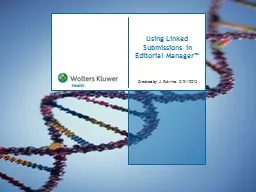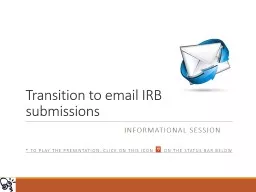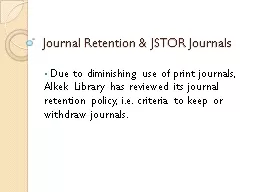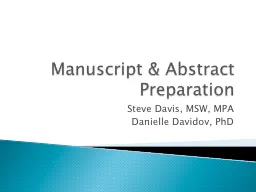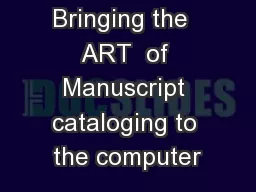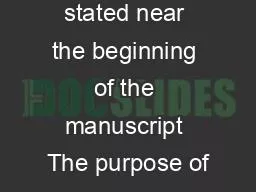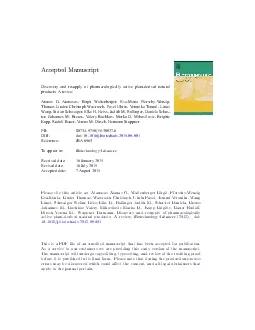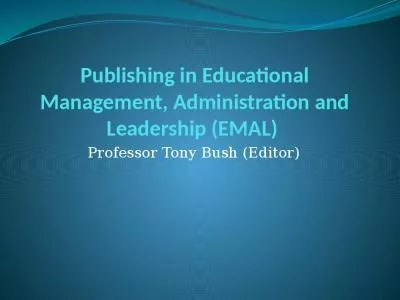PPT-Journals and Manuscript Submissions
Author : sherrill-nordquist | Published Date : 2016-05-18
Overview Finding the right journal and the MLA Directory of Periodicals How to write a cover letter for a journal submission Where to find calls for special
Presentation Embed Code
Download Presentation
Download Presentation The PPT/PDF document "Journals and Manuscript Submissions" is the property of its rightful owner. Permission is granted to download and print the materials on this website for personal, non-commercial use only, and to display it on your personal computer provided you do not modify the materials and that you retain all copyright notices contained in the materials. By downloading content from our website, you accept the terms of this agreement.
Journals and Manuscript Submissions: Transcript
Download Rules Of Document
"Journals and Manuscript Submissions"The content belongs to its owner. You may download and print it for personal use, without modification, and keep all copyright notices. By downloading, you agree to these terms.
Related Documents

